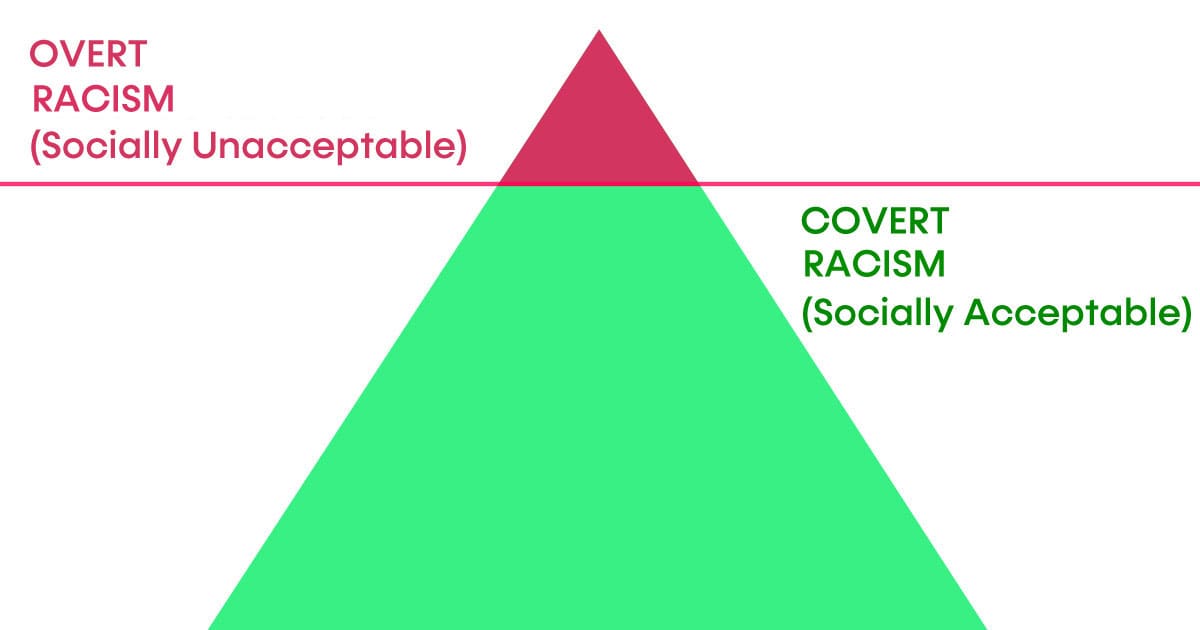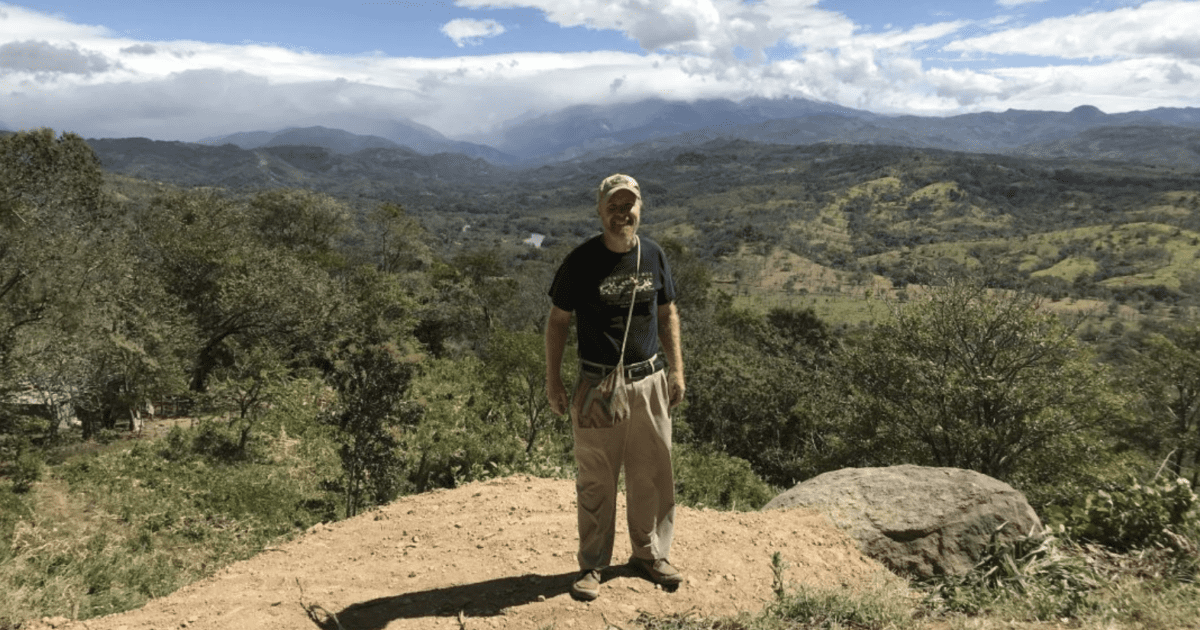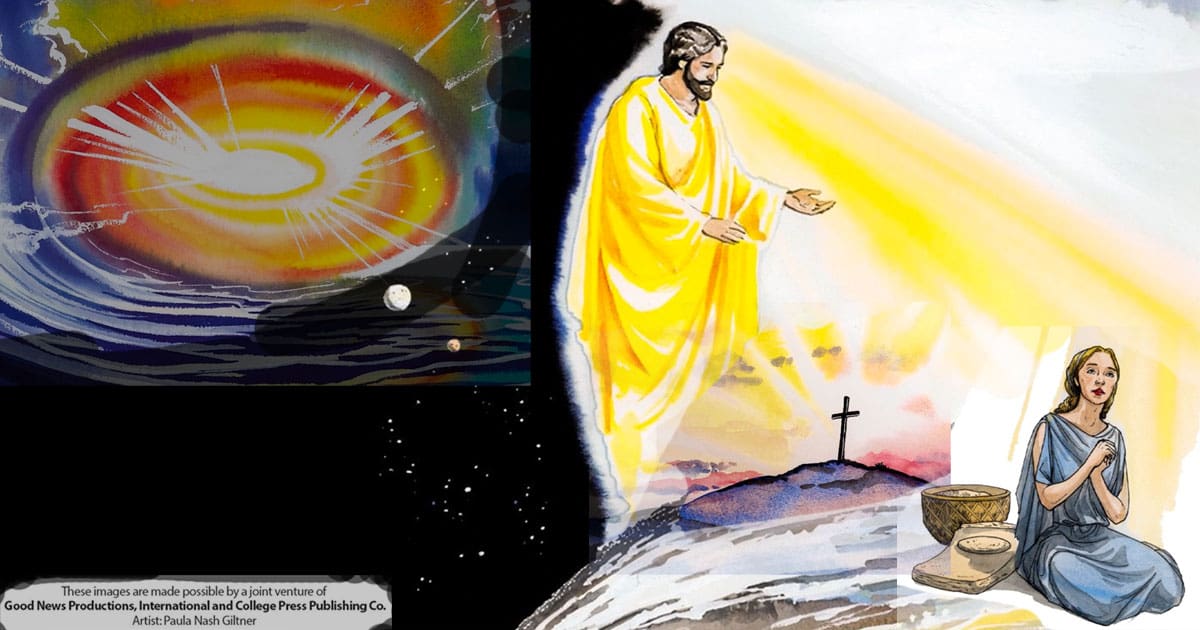What might be “Socially Acceptable” and “Not Socially Acceptable” elements of “structural” racism.

by John Freund, CM | November 4, 2020 | Formation, Reflections, Systemic change | 0 Comments
A video insight into the concept of systemic change as breaking the cycles of poverty.
by John Freund, CM | June 17, 2020 | Formation, Justice and Peace, Reflections, Systemic change | 0 Comments
What might be “Socially Acceptable” and “Not Socially Acceptable” elements of “structural” racism.
by John Freund, CM | May 27, 2020 | Formation, Justice and Peace, Reflections, Systemic change | 3 Comments
The earth herself, burdened and laid waste, is among the most abandoned and maltreated of our poor; she “groans in travail” (Rom 8:22)
by John Freund, CM | April 15, 2020 | Formation, Reflections, Systemic change | 2 Comments
What can we learn about being chang agents from imitating God’s model of bringing about a change in our ways of thinking?

by John Freund, CM | Jun 17, 2020 | Formation, Justice and Peace, Reflections, Systemic change
What might be “Socially Acceptable” and “Not Socially Acceptable” elements of “structural” racism.

by John Freund, CM | May 27, 2020 | Formation, Justice and Peace, Reflections, Systemic change
The earth herself, burdened and laid waste, is among the most abandoned and maltreated of our poor; she “groans in travail” (Rom 8:22)

by John Freund, CM | Apr 15, 2020 | Formation, Reflections, Systemic change
What can we learn about being chang agents from imitating God’s model of bringing about a change in our ways of thinking?
by John Freund, CM | Apr 1, 2020 | Formation, Reflections, Systemic change
We must think of the bigger picture beyond and own immediate needs and even beyond first aid measures as important as they are.
by John Freund, CM | Jan 15, 2020 | Formation, Justice and Peace, Reflections, Systemic change
Listening to “A Daring Prudence,” Fr. Robert Maloney’s overview of the development of the Vincentian Family, evoked metaphors from photography.
by John Freund, CM | Nov 6, 2019 | Formation, Reflections, Systemic change
“Search out more than ever, with boldness, humility, and skill, the causes of poverty and encourage short and long term solutions. adaptable and effective concrete solutions.” St. John Paul II
by John Freund, CM | Jul 3, 2019 | Formation, Justice and Peace, Reflections, Systemic change
Reading our “declaration of independence” can serve as an examination of conscience on the struggles in living out this declaration over the two and a half centuries since then.
by John Freund, CM | Jun 12, 2019 | Formation, Reflections, Systemic change
It is all too easy to fall into the trap of sharing bad news. Rather… let’s SHARE GOOD NEWS! Affirm it, publicize it when we see it!
by John Freund, CM | Jun 5, 2019 | Formation, Reflections, Systemic change
Have you ever walked past a homeless person lying on his back on the sidewalk? Did it stir up any mixed feelings? Maria Shriver shares an incident in her life.
by John Freund, CM | May 29, 2019 | Formation, Reflections, Systemic change
“Everybody wants a revolution, but nobody wants to do the dishes.”
by John Freund, CM | Mar 6, 2019 | Formation, Reflections, Systemic change
One of the big challenges many of us face is not only to think beyond ourselves. We also need to change the way we think about how we serve the needs of our sisters and brothers.
by John Freund, CM | Feb 27, 2019 | Formation, Reflections, Systemic change, Vincentian Family
System leaders focus on creating the conditions that can produce change and that can eventually cause change to be self-sustaining.